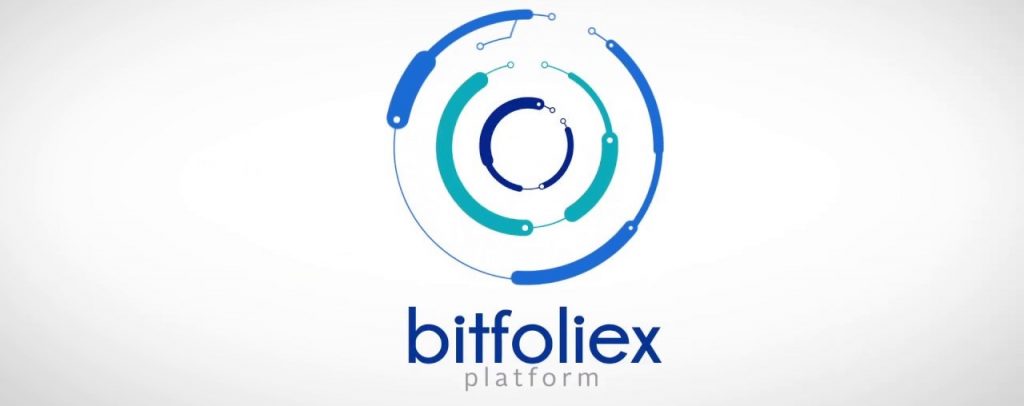
The cryptocurrency exchange landscape has evolved significantly in 2019. The number, quality and diversity of exchanges has multiplied, giving traders an unprecedented number of venues to choose from. This smorgasbord of options risks leaving traders overwhelmed, however, as exchanges jockey for supremacy, launching new features and products designed to woo the competition and cement their market share. These are the main trends and trading platforms that are changing the face of cryptocurrency trading this year.
Also read: Immortality, Cryogenics and UBI: How The Crypto Rich Influence Science
Something Old, Something New, Something Borrowed
Crypto exchanges have long emulated the market leaders, with first Coinbase and then Binance serving as the inspiration for the glut of trading platforms that have followed since. As the exchange ecosystem has matured, however, enterprising newcomers have begun to put real pressure on the incumbents, introducing new features and seeking to differentiate themselves in key benchmarks. The following exchanges provide a snapshot of the formula for success in 2019, and indicate what traders can expect in the months to come.

Integration is one term that crops up a lot across spot, derivatives, and decentralized exchanges. Trading platforms are increasingly trying to improve the on and off-ramps to the world of fiat, and to integrate more products that enable users to have all their needs met under one roof. Bitfoliex typifies this approach: it’s added a crypto portfolio management tool, so cryptocurrency users can track all of their assets, not just those custodied on the exchange. Security is bolstered by the use of multisig and 2FA, while an intuitive layout and clean UX make it easy for new traders to find their way around.

Another exchange that’s placed emphasis on integration and user-friendliness is Bybit. It has a reputation as one of the more welcoming derivatives exchanges on the market, aided by round-the-clock customer service and a beginner’s section that’s stocked with tutorials, a detailed FAQ, and links to articles on trading indicators and derivatives contracts. The exchange’s latest integration is a crypto switching tool that allows users to swap between coins at spot prices, without needing to place an order on-exchange. Bybit claims to be the first exchange to offer a service of this kind, which allows traders to obtain currency conversion quickly and cheaply, with average fees of around $5. It’s by no means the only derivatives exchange trying to make a name for itself, though, as the following examples show.

The Future of Derivatives Exchanges
Margin trading, which once had a reputation of being the preserve of degenerate traders craving Las Vegas-esque thrills, has had a makeover this year. This is thanks in part to the efforts of Binance and, to a lesser extent, Kucoin, whose margin trading platforms are onboarding retail investors who fancy trying their hand at derivatives trading. The limited leverage offered by the likes of Binance provides a safer environment for getting to grips with using margin, compared to the more mercurial Bitmex.

Meanwhile, Huobi DM (HBDM) has upped the ante by introducing real-time settlement for BTC contracts. This seemingly minor move has significant ramifications for users of the exchange, as well as the broader derivatives market. Bitcoin futures contracts normally settle daily or weekly on derivatives exchanges for reasons that include security and providing a window in which to check the legitimacy of trades before paying out. Thanks to real-time settlement, HBDM traders can now access their funds instantly, and deploy this liquidity elsewhere upon closing out a profitable position. To prevent the risk of clawbacks, Huobi DM has put up an insurance fund of over 1,000 BTC, with another 20,000 BTC held jointly with Huobi’s spot exchange, for added protection.
The Shape of Trading to Come
As if the derivatives market wasn’t already competitive enough, a handful of highly anticipated new exchanges are poised to enter the fray. This includes zero-fee trading platform Digitex, which has finally confirmed its beta launch on November 30. Following two months of testing to 10,000 users, it will open to the wider public. The USP that has garnered so much interest in Digitex is its promise of BTC-USD perpetual contracts without the usual maker and taker fees. Instead, a slow release of the native DGTX token will be used to fund the platform’s operations.
Despite the significant technical challenges that must be overcome to realize this goal, Digitex CEO Adam Todd is confident his team can succeed, telling news.Bitcoin.com: “Zero-fee futures trading has been a dream of mine for years and it’s finally going to become a reality. As the world’s first and only zero-fee futures exchange, traders from all over the world will soon be paying no transaction costs on any of their trades, creating massive liquidity.”

Coinflex is the other derivatives exchange that’s gotten heads turning, partly on account of its physically delivered crypto futures, which it claims to be an industry first. It also operates a large market-making scheme designed to incentivize monied bitcoin investors seeking to profit from providing liquidity. Coinflex has promised liquidity providers a $250K rebate should it achieve daily volumes of $500 million for its BTC-USD futures. Having recently closed a $10M funding round, the exchange has its sights set on the lucrative Asian market, and appears to have the industry support to make good on its goal.
FTX is another derivatives exchange being touted as a close competitor to Coinflex. It promises up to 101x leverage and a unique trio of altcoin indexes, which allow traders to speculate on the fortunes of a basket of assets. The ALT index covers major altcoins, MID covers medium cap coins such as ADA and NEO, and SHIT is an index devoted entirely to low-cap shitcoins. Finally, Xfutures exchange has gotten meta by creating futures markets on as yet unreleased tokens. It allows traders to speculate on the launch price of assets such as Perlin and Polkadot.
The Evolution of Exchanges
As the cryptocurrency landscape matures and solidifies, the majority of the volume will be absorbed by a handful of dominant spot and futures exchanges, with the long tail of contenders soaking up the remainder. Due to the highly competitive nature of the industry, and the need to be constantly innovating, expect to see the following trends surface through H2 2019 and into 2020:
- Integration of CEXs and DEXs, sometimes through direct acquisition
- More lending and staking delivered on-exchange
- Ultra-high leverage of up to 200x
- New indexes for trading baskets of cryptos filtered by sector, allowing traders to speculate on entire ecosystems (lending, exchange tokens, dApps, layer two)
- New profit share schemes that grant users partial ownership of the platforms they use
With Bitcoin.com’s new cryptocurrency exchange, featuring support for SLP tokens, set to launch in under a week, traders have more options than ever.
Which features do you want to see cryptocurrency exchanges introduce? Let us know in the comments section below.
Disclaimer: Readers should do their own due diligence before taking any actions related to the mentioned companies, domains, domain vendors, and websites associated with this article. Bitcoin.com or the author is not responsible, directly or indirectly, for any damage or loss caused or alleged to be caused by or in connection with the use of or reliance on any content, goods or services, domain products and website vendors mentioned in this article. This editorial review is for informational purposes only.
Images courtesy of Shutterstock.
You can now purchase bitcoin without visiting a cryptocurrency exchange. Buy BTC and BCH directly from our trusted seller and, if you need a bitcoin wallet to securely store it, you can download one from us here.
The post appeared first on Bitcoin News






